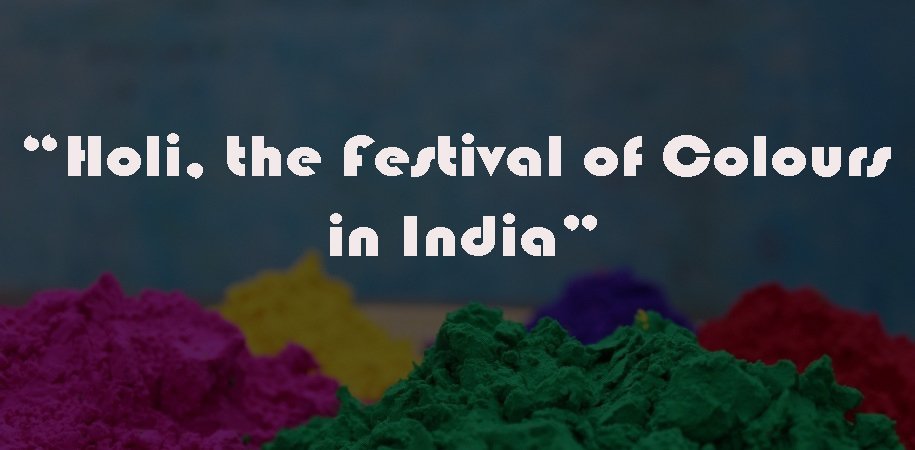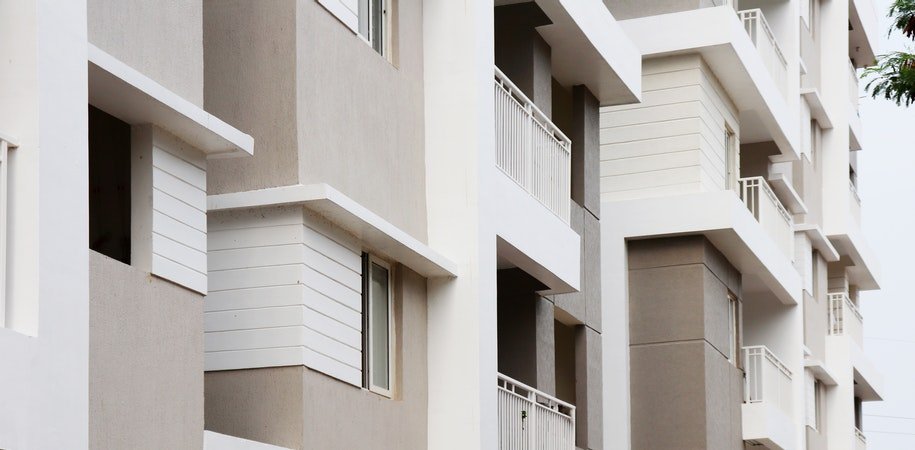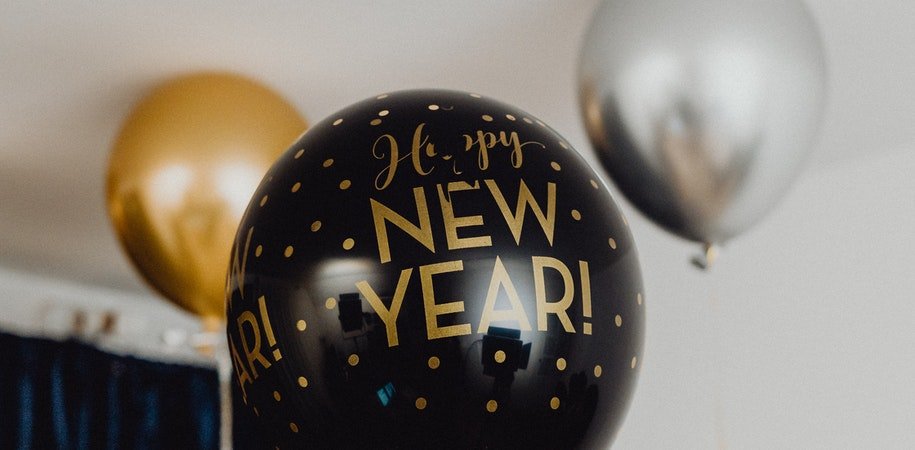Holi 2021: The Festival of Colours India
The Festival of Colours in India is Simply Holi
Holi is a unique festival that is not celebrated anywhere else but in India. Holi 2021 will definitely be an out-of-the-box festival amidst this new normal period. It’s a colorful celebration that joins together various myths, legends, and deities.
Along with the religious fever and devotion, there is loud music, traditional dances, and the playing of gulaal and abeer among friends and families. This post will guide you into the colors of Holi and the traditions and devotion behind it. Have a read below:
Krishna Leela Mythology, Vrindavan
There is a great significance behind Holi in Mathura and Vrindavan. Vrindavan is the birthplace of Lord Krishna. It is also a place where he was raised. All the supreme deities and legends are associated with this colorful festival. According to the locals living in these cities, Holi was initiated by Lord Krishna, and all the temples devoted to him celebrated the festival. Each one had celebrated Holi on a different day.
We all know about the famous Krishna Leela or Raas Leela when Krishna courted the beautiful Radha. On this day, this entire scenario is dramatized with people pouring buckets full of flowers and dry colors chanting Radhe Radhe loudly.
Laathmar Holi Ritual, Barsane
About 50 kilometers away from Mathura is the small town of Barsane. Here, Holi is played uniquely. It is known as Lathmar Holi in Barsane.
The women use a lath or bamboo stick. Men rush towards women with colors, and the women shave with efforts using these sticks. It is more fun to watch than actually taking part in it. Make sure to visit this town if you want to take part as a viewer.
Cultural Celebration, Shantiniketan
We all know about Shantiniketan. The place is about 180 kilometers away from Kolkata and is associated with Nobel Prize winner Rabindranath Tagore. The students under Viswa Bharati call for large crowds, including foreigners, locals, and tourists. They all gather to witness this incredible cultural celebration during Holi.
It is also known as Basanta Utsav. In Santiniketan, students perform cultural programs with dance, songs, and plays based upon Tagore’s works. The playing of colors follows up soon after the performances.
Tribal Celebration, Banswara
In Rajasthan, there is a small town called Banswara near Udaipur. Holi played in Banswara is a combination of the culture and traditions of the Bhil tribe. This place is a princely state with a tribal stronghold.
On the occasional day of Holi, the Bhils dress up in festive finery. The Bhils set up a huge bonfire is set in the middle and perform their traditional Ghair dance. You can visit Banswara either through Udaipur or Madhya Pradesh.
The Symbolism Behind Colours
The white color symbolizes both purity and mourning. The widows wear white sarees to symbolize their husband’s death; it is a time for mourning. Black symbolizes evil power. On the other hand, Indians put black dots on newborn baby’s face to drive off evil eyes.
Earlier, people made Holi colors at home using tree flowers, also known as the ‘flame of the forest.’ They kept the flowers to dry and then ground to dust. With the mixing of powdered dust with water, it gave a beautiful saffron hue. Long before the manufacture of Holi colors, the saffron red pigment, and colored powder served as abeer, the Holi festival’s main colors.
Conclusion
I hope now you know about the colors of India, Holi festival. It’s a festival that brings everyone together in happiness and glee. For more information, tips, and advice on Holi? Browse Haarway Blog to find local businesses and services nearest to your locations or places across Kolkata, Delhi, Mumbai, Pune, Bengaluru, Hyderabad, Chennai, and other cities of India.
TAG : Holi 2021 , Holi , The Festival of Colours India , Mathura , Vrindavan







